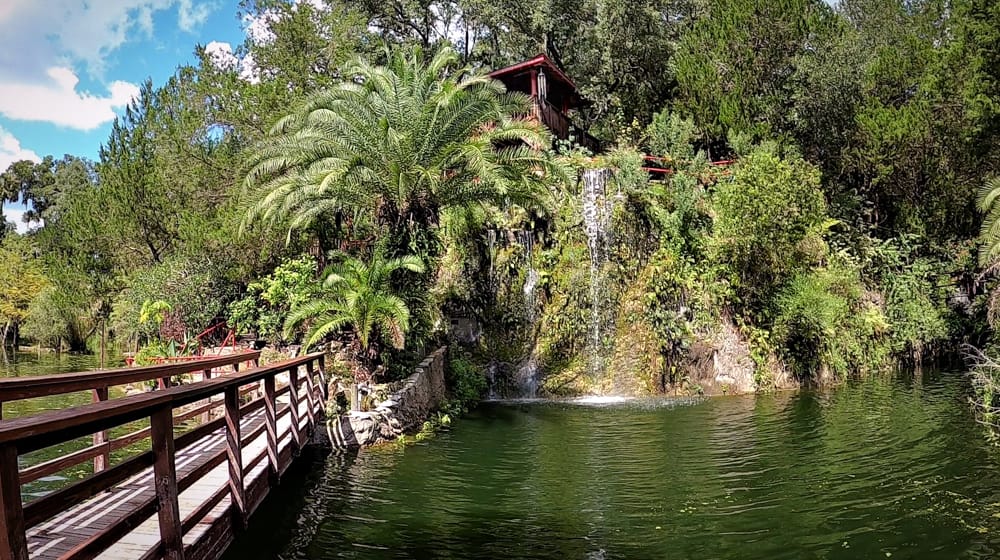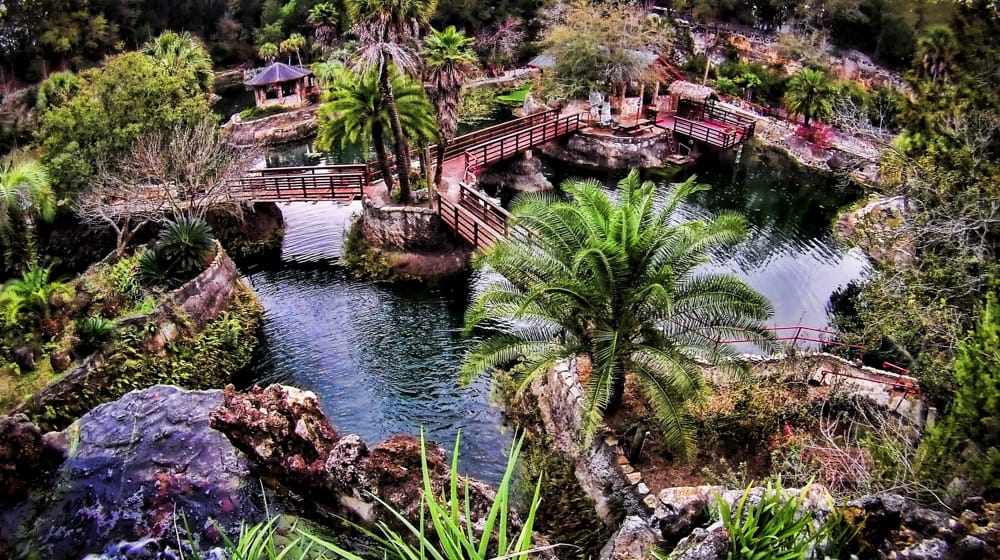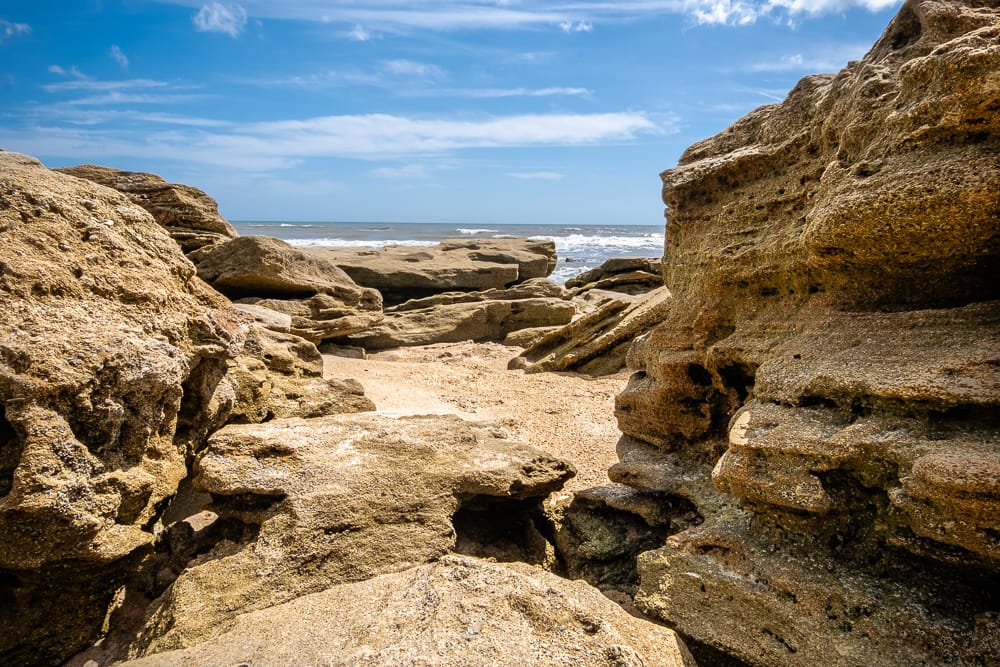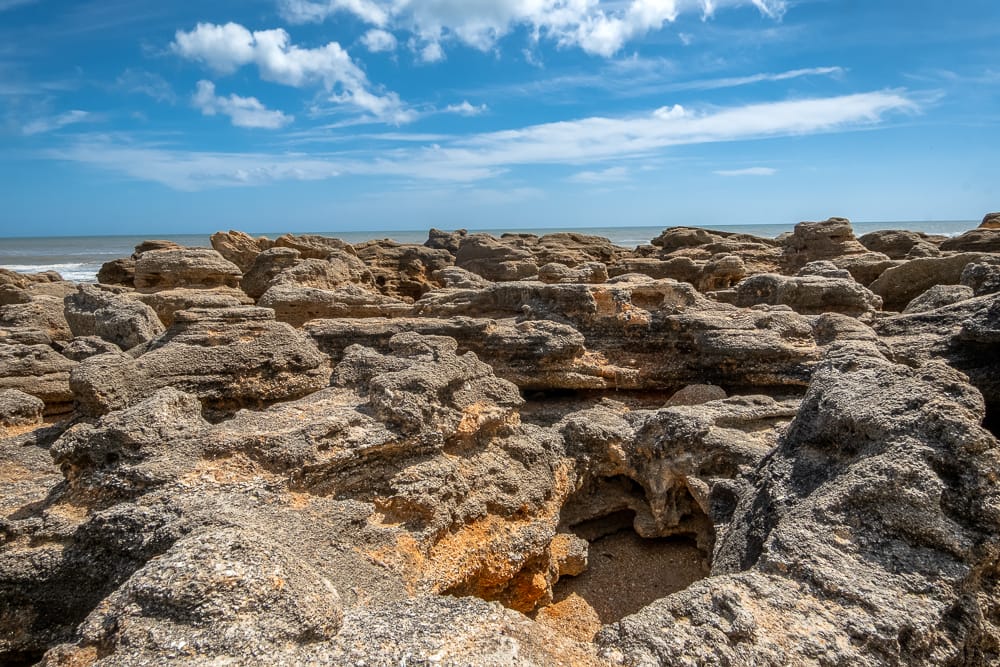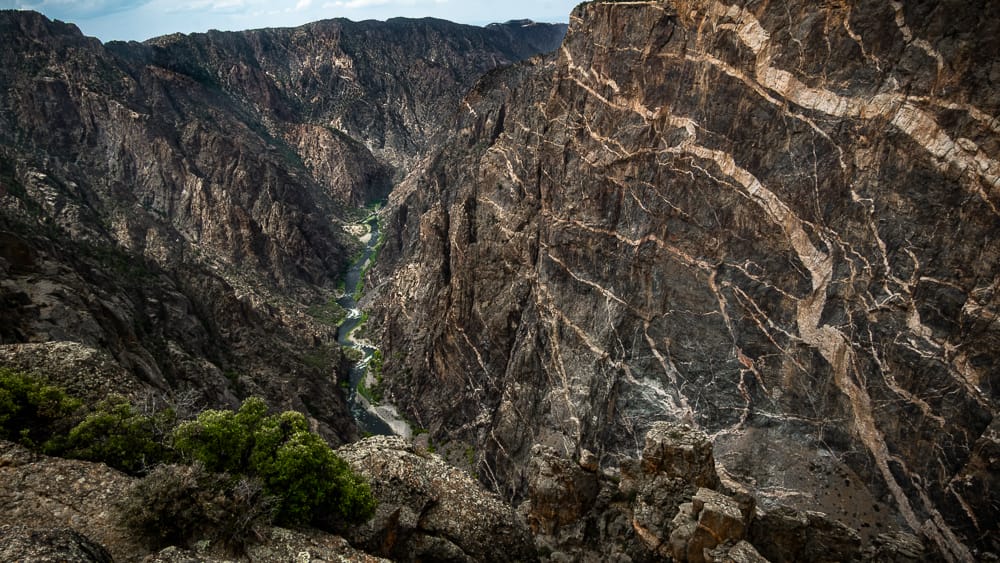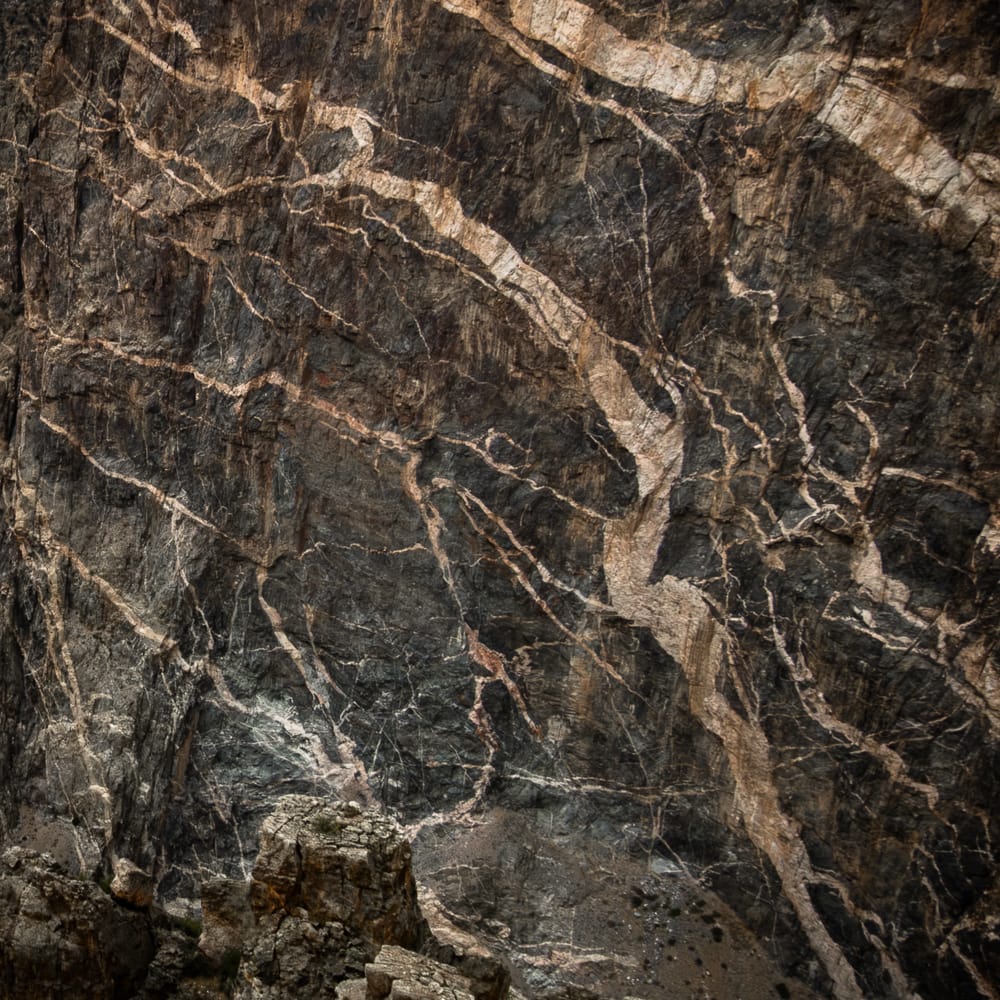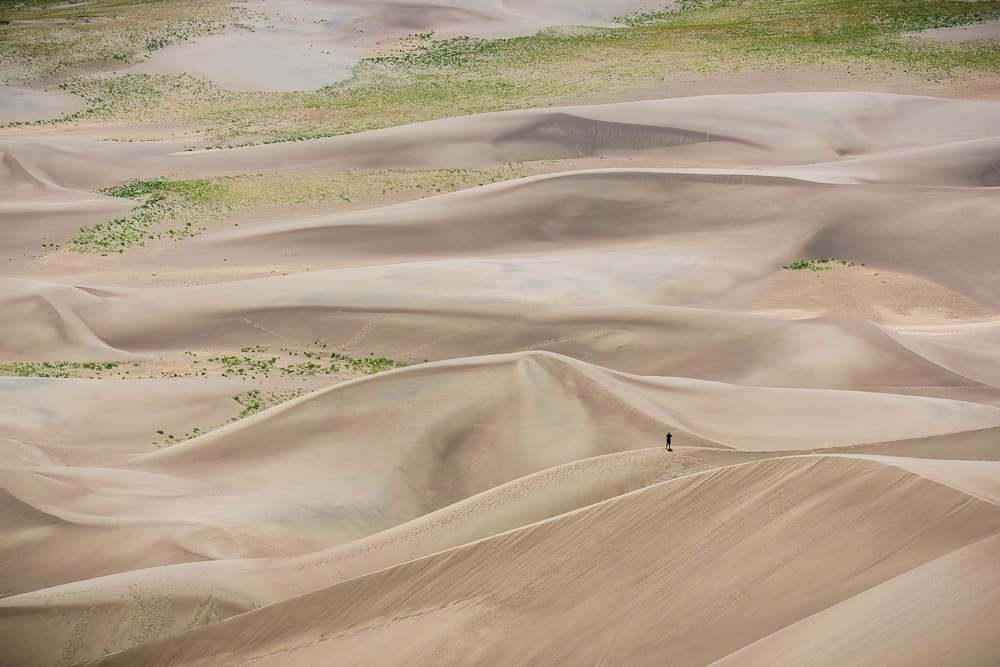
Oct 03 2025
Great Sand Dunes: Where Sand Moves Like Water
In the heart of southern Colorado, the Great Sand Dunes shift with each gust of wind, grain by grain. Entire ridgelines subtly reshape themselves over days, months, and decades.
A landscape in motion, it's sculpted by the constant dance of wind, water, and time. Walk the same trail twice and you might not find your footprints again.
Sculpted by Wind
The Great Sand Dunes National Park and Preserve sits at the meeting point of opposing wind patterns, thus shaping it's hills through wind-driven (aeolian) processes. (The term comes from Aeolus, the Greek god of wind.)
Southwesterly winds dominate by day, lifting sand grains off the San Luis Valley floor and pushing them toward the Sangre de Cristo Mountains.
At night, cool mountain air flows back down the slopes, reversing the current. This push and pull causes sand to pile up, then spill, avalanche, and migrate.
The result is the tallest sand dunes in North America, reaching heights of over 750 feet.
With the help of modern sensors and satellite imagery, scientists have mapped the movement of the dunes over time. Entire formations have slowly crawled across the valley like liquid hills.
Sculpted by Water
It’s not just wind. Water plays a hidden but vital role, too.
At the base of the dunes lies Medano Creek. The flow of this shallow creek pulses in waves, a rare phenomenon called "surge flow" caused by the unique sandy bed. This seasonal stream acts like a sculptor’s tool, flattening, eroding, and rebuilding the edges of the dunes with every surge.
Underneath it all lies a vast aquifer system, keeping the sand moist at certain depths and creating a kind of invisible glue that stabilizes the tallest dunes. Without that water table, scientists believe the dunes would collapse under their own weight or simply drift away.
Checkout the National Park Service's Great Sand Dunes page to learn more, and please consider donating to the NPS to protect and preserve this natural wonder.
